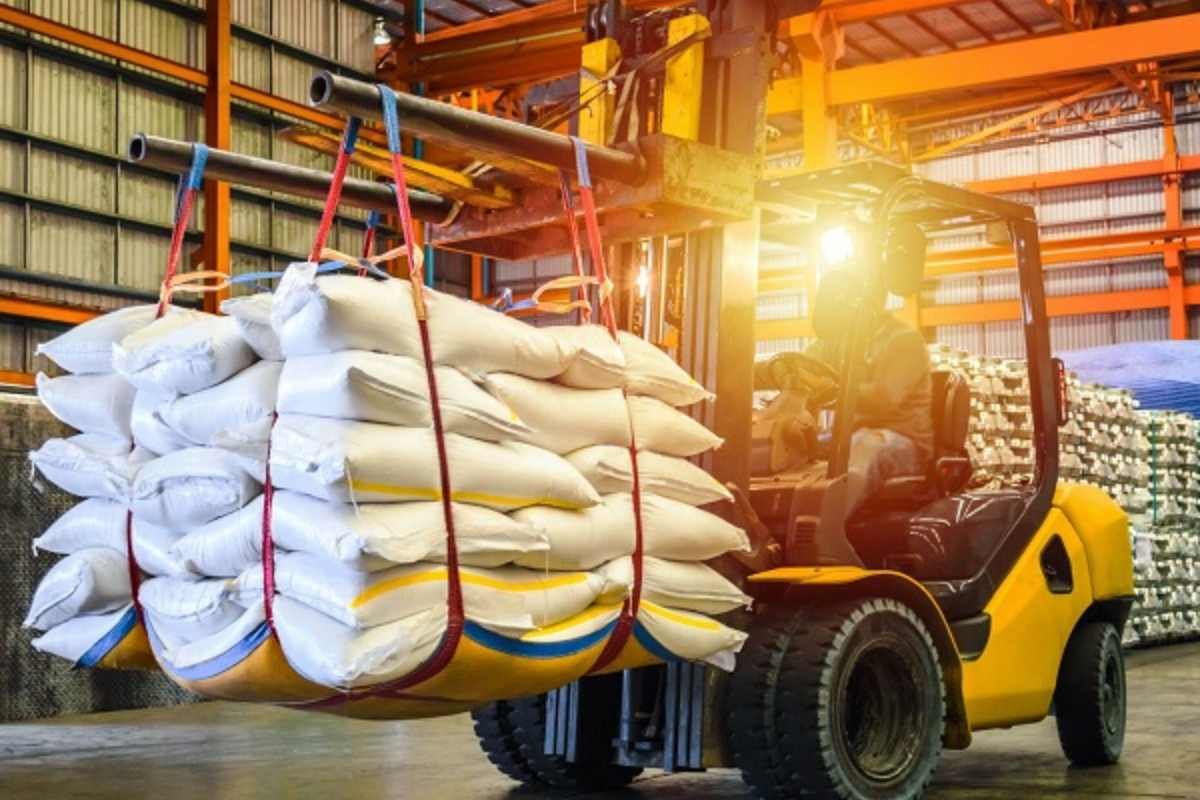Raw materials form a core part of the processing for any manufacturing firm. Material handling refers to the movement of the material from one point of the manufacturing stage to the next, whether from the transport truck to the first point of processing, packing or from the final processing stage to the storage area. So in this article you will get to know some Basics of material handling and storage.
Material handling can be done manually, or you can put in place an integrated handling system. You can also visit this site for more suggestions on storage and material handling options.
This article explores the basics and principles of setting up a Material handling and storage system.
Principles Of Material Handling
Material handling principles refer to the preset guide to accepted standards tested and proven fit for the process by past practitioners.
1. Orientation Principle
This principle looks at the existing system. It is any gap in the process that needs to be filled or how the existing methods can be incorporated into the new system.
2. Planning
The planning principle considers the handling and storage requirements, contingencies that may arise, and any available alternatives before settling on a particular system for material handling.
3. Systems Principle
This principle blends cost-effective material storage options available with the integrated handling design. All shipping, transport, receiving, packing, and storage procedures should have a planned, systematic flow.
4. Unit Load
It includes product handling in the biggest possible unit loads. You want to use standardized pallets and containers that can handle huge loads to reduce the cost per unit.
5. Space Utilization
The utilization principle ensures the maximization of any available space. The space between the equipment and the work area should be close. Any inventory stored in a temporary storage area should not be allowed to stay for long before being used up. Moreover, you should put in place an economic order quantities concept.
6. Standardization
Standardize any handling procedures for best equipment results.
7. Ecology
Your storage handling methods should have a minimum negative impact on the ecology.
8. Ergonomic principle
In every setup, there are always constraints when it comes to human abilities. The ergonomic principle seeks to fill that gap.
9. Simplification
A simplified system is always easier to navigate than a complicated one. Plus, it always yields better results. You want to get rid of any movement that isn’t necessary and apply the motion economy principle. Ensure you also reduce rehandling.
Purpose Of Material Handling
As the manufacturing industry expanded, the need to use machinery to handle tasks humans could not perform independently grew. It was later discovered that this machinery not only helped but also cut production costs and worked efficiently.
Material handling equipment does not refer to the primary equipment used to process but rather the extra machinery used to move the raw materials or finished products around. Material handling equipment increases productivity, cuts production costs, and increases production capacity.
What Are Some Of The Material Handling Systems?
1. Function Oriented System
The system includes elevating systems that are ideal for steeply inclined setups, conveying systems, transportation systems, transfer systems, or self-loading systems.
2. Load Oriented System
The material-oriented or load system allows you to choose between a liquid load system and a bulk handling system that uses power shovels, conveyor belts, cranes, scoops, or the unit handling system.
3. Production Oriented System
It is also known as the method system, depending on the kind of products you are manufacturing. In that case, you can choose between mass production systems, job shop handling systems, automated systems, or manual systems.
4. Equipment Oriented Handling System
Overhead systems, including monorails, overhead rails, conveyor systems, and truck systems, all fall under the equipment system. Forklifts, tractor trailers, skids, and pallets all form part of the equipment system.
Material Storage
The main objective of material storage is to ensure you never run out of material in the right form, preferred quantities, and best quality. The storage area should not be a health hazard for your workers. Factors to consider when storing materials will include accessibility when reaching the materials. It would be best to consider employees’ height and the safety of the area from hazards like explosions and fires.
Create a workable storage system, whether it is stacking, piling, or use of racks. A systematic storage system avoids damaged finished products when storing or packing for delivery.
Takeaway
Whether fully automated, manual, or semi-automated, a perfect Material Handling And Storage system should provide seamless connectivity, cohesion, and connectivity. There should be a smooth flow process of materials all the way from the warehouse to the storage facility and proper tracking from the resource planning and any other department. When it comes to handling storage, having an integrated system saves on costs and creates efficiency in the workplace.






